Tomato paste is a staple ingredient used in various culinary applications, adding richness, depth, and flavor to dishes. However, there are instances where tomato paste can be excessively bitter, impacting the taste and quality of the final product. This article aims to address the issue of bitter tomato paste and provide valuable insights and solutions for food businesses to mitigate this challenge. Understanding the Causes: To properly address the issue, it is essential to recognize the potential causes of bitter tomato paste. Bitterness can arise due to several factors, including the variety of tomatoes used, the stage of ripeness during processing, processing techniques, and storage conditions.

.
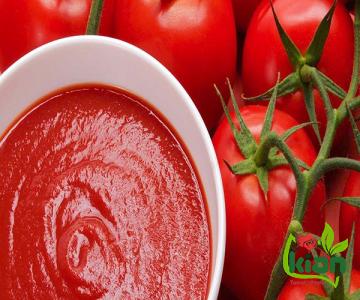 It is crucial for food businesses to pinpoint the precise reason behind the bitterness before implementing relevant solutions. Sourcing Quality Tomatoes: The first step in obtaining a non-bitter tomato paste is to source high-quality tomatoes. Choosing the right tomato variety known for its sweet and less acidic taste can significantly reduce bitterness. Varieties such as Roma and San Marzano are popular choices due to their naturally sweet flavors. Establishing relationships with reliable tomato growers and suppliers will ensure consistent quality and taste. Optimal Harvesting and Processing Techniques: To avoid bitterness in tomato paste, the harvesting stage plays a vital role. Ripe tomatoes should be used for processing, as unripe or overripe tomatoes tend to have higher levels of bitterness.
It is crucial for food businesses to pinpoint the precise reason behind the bitterness before implementing relevant solutions. Sourcing Quality Tomatoes: The first step in obtaining a non-bitter tomato paste is to source high-quality tomatoes. Choosing the right tomato variety known for its sweet and less acidic taste can significantly reduce bitterness. Varieties such as Roma and San Marzano are popular choices due to their naturally sweet flavors. Establishing relationships with reliable tomato growers and suppliers will ensure consistent quality and taste. Optimal Harvesting and Processing Techniques: To avoid bitterness in tomato paste, the harvesting stage plays a vital role. Ripe tomatoes should be used for processing, as unripe or overripe tomatoes tend to have higher levels of bitterness.
..
 Additionally, employing appropriate processing techniques like blanching or scalding can reduce the likelihood of bitterness seeping into the paste. Skillful handling, proper ripeness assessment, and quick processing can preserve the natural sweetness of the tomatoes. Effective Storage Conditions: Improper storage conditions can also contribute to the bitterness of tomato paste. Exposure to light, heat, and prolonged storage periods can cause the paste to develop off-flavors. To minimize this, food businesses should store tomato paste in tightly sealed containers, in a cool, dry place away from direct sunlight. Refrigeration or freezing can also help maintain the taste and quality over extended periods. Neutralizing Techniques: In case bitter tomato paste still finds its way into the product, there are several techniques that businesses can adopt to offset the bitterness. One method is to counterbalance it with sweeteners, like honey or sugar, in controlled quantities. However, it is paramount to strike the right balance to avoid overpowering the dish’s overall taste.
Additionally, employing appropriate processing techniques like blanching or scalding can reduce the likelihood of bitterness seeping into the paste. Skillful handling, proper ripeness assessment, and quick processing can preserve the natural sweetness of the tomatoes. Effective Storage Conditions: Improper storage conditions can also contribute to the bitterness of tomato paste. Exposure to light, heat, and prolonged storage periods can cause the paste to develop off-flavors. To minimize this, food businesses should store tomato paste in tightly sealed containers, in a cool, dry place away from direct sunlight. Refrigeration or freezing can also help maintain the taste and quality over extended periods. Neutralizing Techniques: In case bitter tomato paste still finds its way into the product, there are several techniques that businesses can adopt to offset the bitterness. One method is to counterbalance it with sweeteners, like honey or sugar, in controlled quantities. However, it is paramount to strike the right balance to avoid overpowering the dish’s overall taste.
…
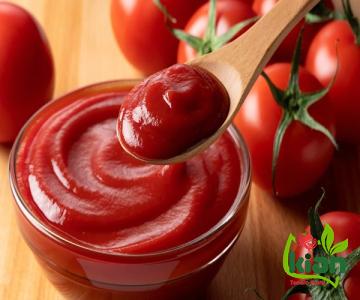 Another approach is to blend the bitter tomato paste with fresh, ripe tomatoes or sweeter tomato products to dilute the bitterness. Consumer Education and Taste Testing: Transparency and consumer education are essential in managing the issue of bitter tomato paste. Food businesses can share information about the tomato varieties used, production processes, and potential causes of bitterness. Conducting taste tests with internal and external stakeholders can provide valuable feedback on the product’s flavors, ensuring customer satisfaction. Conclusion: Overcoming the challenge of tomato paste that is too bitter requires a multi-dimensional approach, encompassing careful sourcing, optimized processing techniques, proper storage, and innovative mitigation strategies. By implementing these solutions and maintaining transparency, food businesses can deliver products that consistently meet customers’ expectations and enhance the overall culinary experience.
Another approach is to blend the bitter tomato paste with fresh, ripe tomatoes or sweeter tomato products to dilute the bitterness. Consumer Education and Taste Testing: Transparency and consumer education are essential in managing the issue of bitter tomato paste. Food businesses can share information about the tomato varieties used, production processes, and potential causes of bitterness. Conducting taste tests with internal and external stakeholders can provide valuable feedback on the product’s flavors, ensuring customer satisfaction. Conclusion: Overcoming the challenge of tomato paste that is too bitter requires a multi-dimensional approach, encompassing careful sourcing, optimized processing techniques, proper storage, and innovative mitigation strategies. By implementing these solutions and maintaining transparency, food businesses can deliver products that consistently meet customers’ expectations and enhance the overall culinary experience.

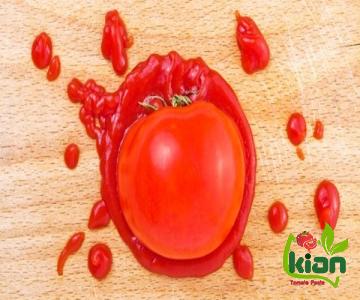

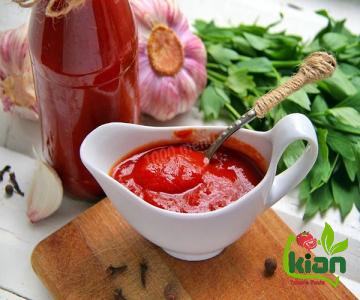
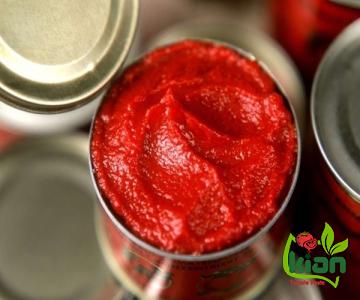
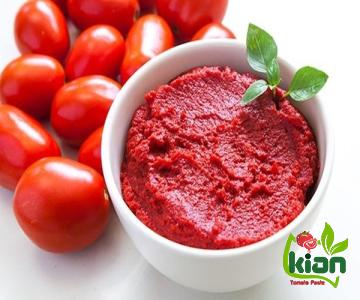
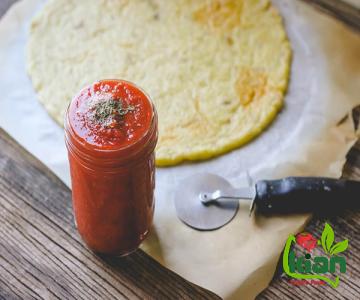


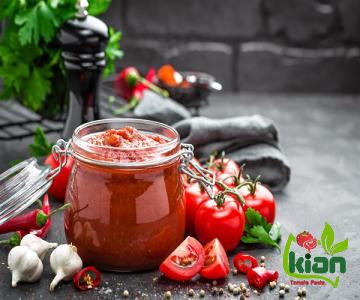

Your comment submitted.